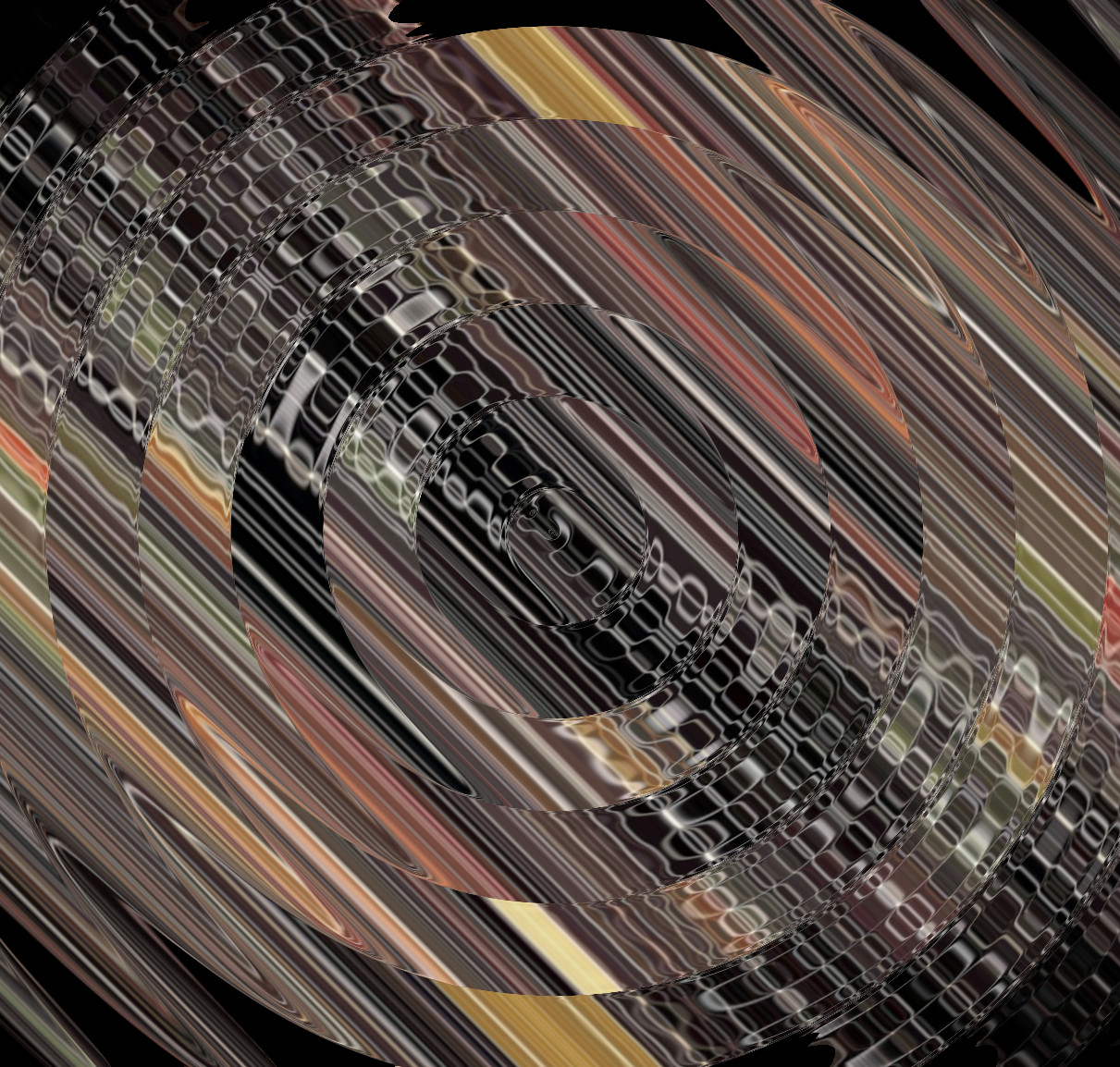
21-10-2024
Making a Digital Twin with RWAs
Using blockchain technology to make better decisions for our planet.
Blockchain technology has often struggled to be seen as practical. For those outside the tech and finance sectors, understanding its vast potential and real-world applications can be challenging. However, the emergence of Real World Assets (RWAs) on the blockchain paves the way for a more practical internet and a sustainable economy, addressing some of the world's most pressing challenges.
At its core, we value blockchain technology for its transparency, immutability, trustlessness, and permissionlessness.
- A transparent network ensures that its structure and data are accessible to the community, allowing anyone interested to view the information.
- An immutable network guarantees that its data cannot be altered or manipulated, preserving the integrity of the information.
- A trustless network eliminates the need for intermediaries, enabling participants to interact directly with one another.
- A permissionless network allows anyone to participate without needing authorization, like from a government.
So, what does this mean for us?
Blockchain networks and their data can be viewed as highly structured timelines that represent various assets. While many people associate blockchain primarily with cryptocurrencies, its potential extends far beyond, especially with proper accounting practices.
Tim Berners-Lee, the original founder of the World Wide Web, envisioned a future iteration of the internet in 2001, which he termed the Semantic Web. Decentralized blockchain networks are laying the foundational data infrastructure for this Semantic Web—a more meaningful web. The users ultimately decide and are responsible for what will be posted on the blockchain via a digital signature, something that is crucial for maintaining the integrity of data and countering the notion of a "dead internet." This type of network signifies a shift in how we coordinate, placing trust inherently in the network's constituents rather than explicitly in its individual parts.
Many of today’s challenges stem from the long-term consequences of our collective actions that don't have an obvious immediate effect. To break this cycle, we can collect meaningful data on a product's life, or even life on Earth with a robust implementation of RWAs. Supply chains can be elucidated and revealed to the general public, enabling more accurate forecasts and better informed decision-making. This brings us to the concept of creating a digital twin—a notion originally employed by NASA in a rudimentary form to predict failures in their oxygen tanks. Knowing how something could fail can help us coordinate and incentivize positive actions on a larger scale. For example, the carbon footprint for the global distribution of rice could be calculated to determine (with the help of AI) the best transportation routes to mitigate our contribution to various forms of pollution. This serves the fight to end world hunger and protect our environment with shutting down our own system.
Great things take time, and the starting point for such an endeavor is finance, our current abstraction for nearly all the assets in the world. Stablecoins were the first iteration of real-world assets (RWAs) on the blockchain, predating the popularization of the term. Now, platforms like Ondo Finance and Centrifuge are leading the way in tokenizing stocks and commodities. Other protocols leverage these assets to enhance their services; for instance, MakerDAO (now known as Sky) has utilized a basket of RWAs as collateral to support the value of its stablecoin, DAI. At the core of this ecosystem, Chainlink serves as a critical infrastructure provider facilitating the instantiation and maintenance of RWAs, positioning itself as a conduit for managing potentially trillions of dollars on-chain.
The potential for tokenization is endless, as virtually every asset can be represented digitally. In the coming years, we can anticipate the onboarding of commodities, real estate, credit, artwork, and even intellectual property, all with incentives to encourage participation. With robust data and participation, combined with the assistance of AI, we can make our digital twin, our very own personal assistant, to make better decisions on every level of the human experience.